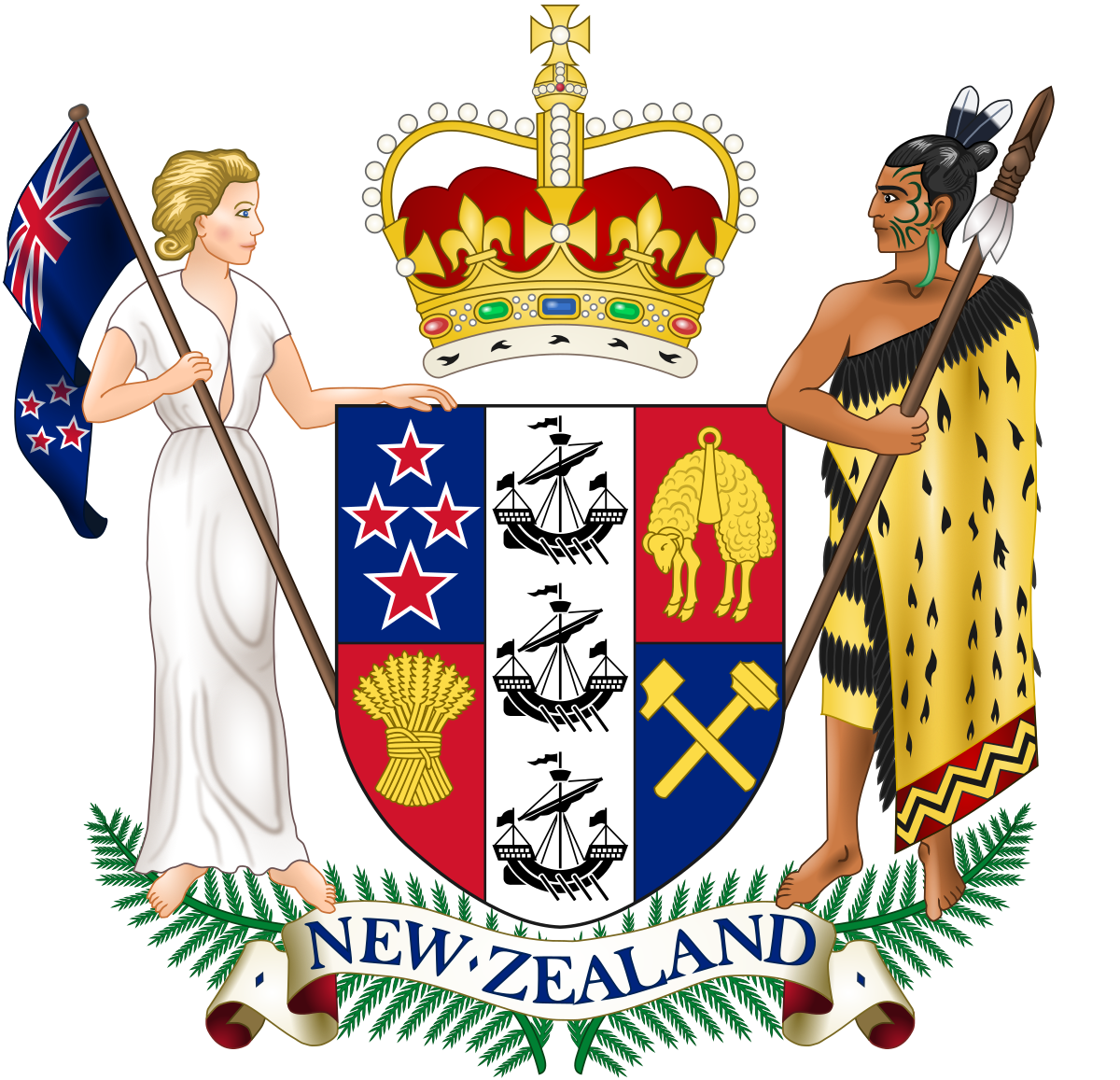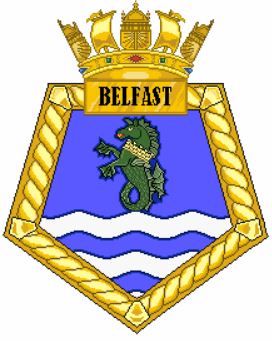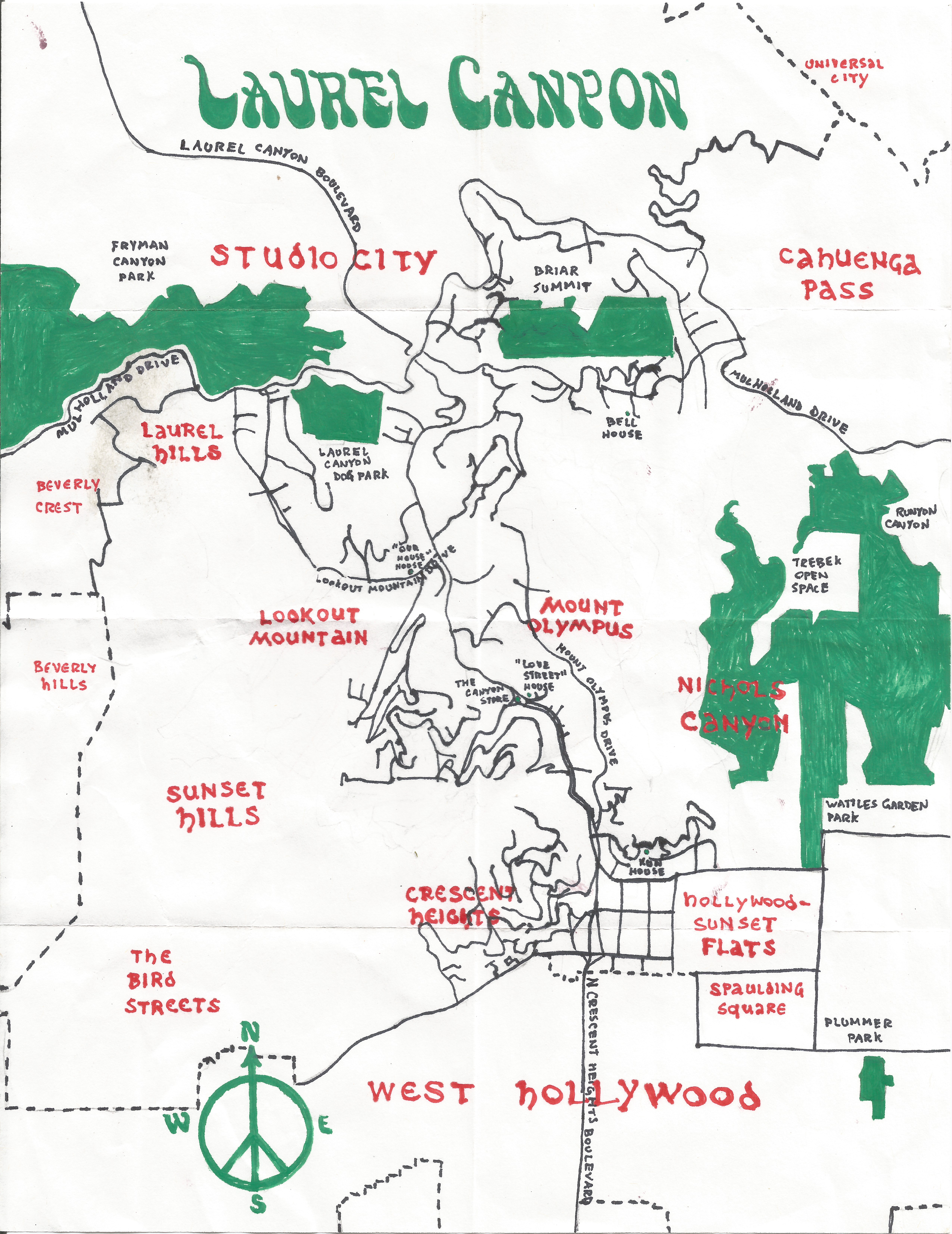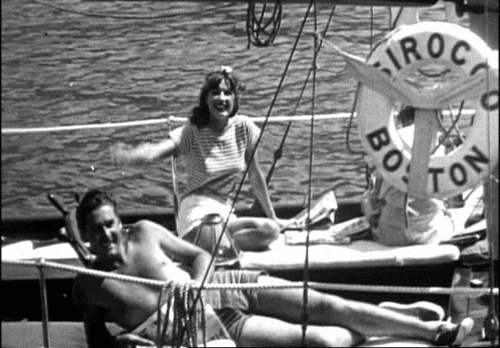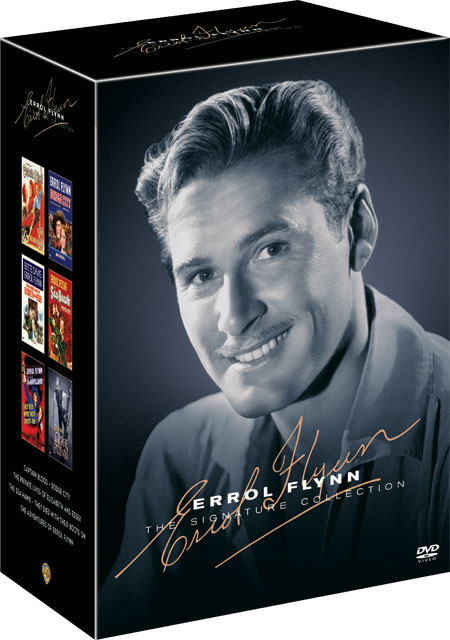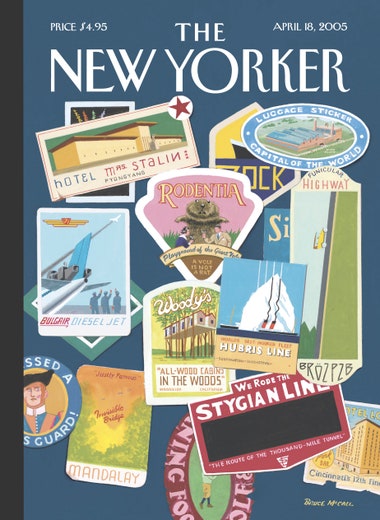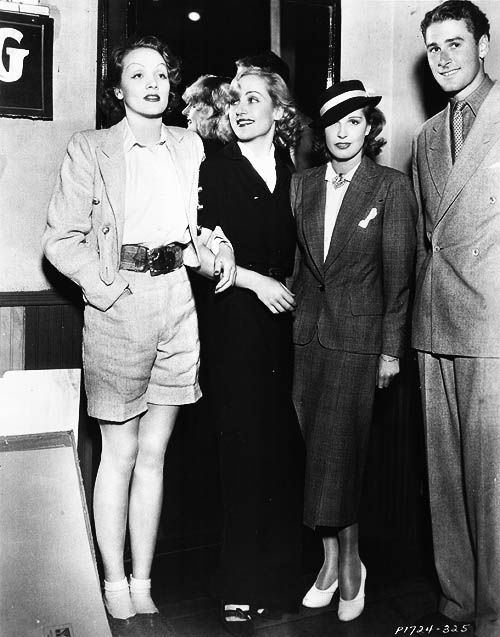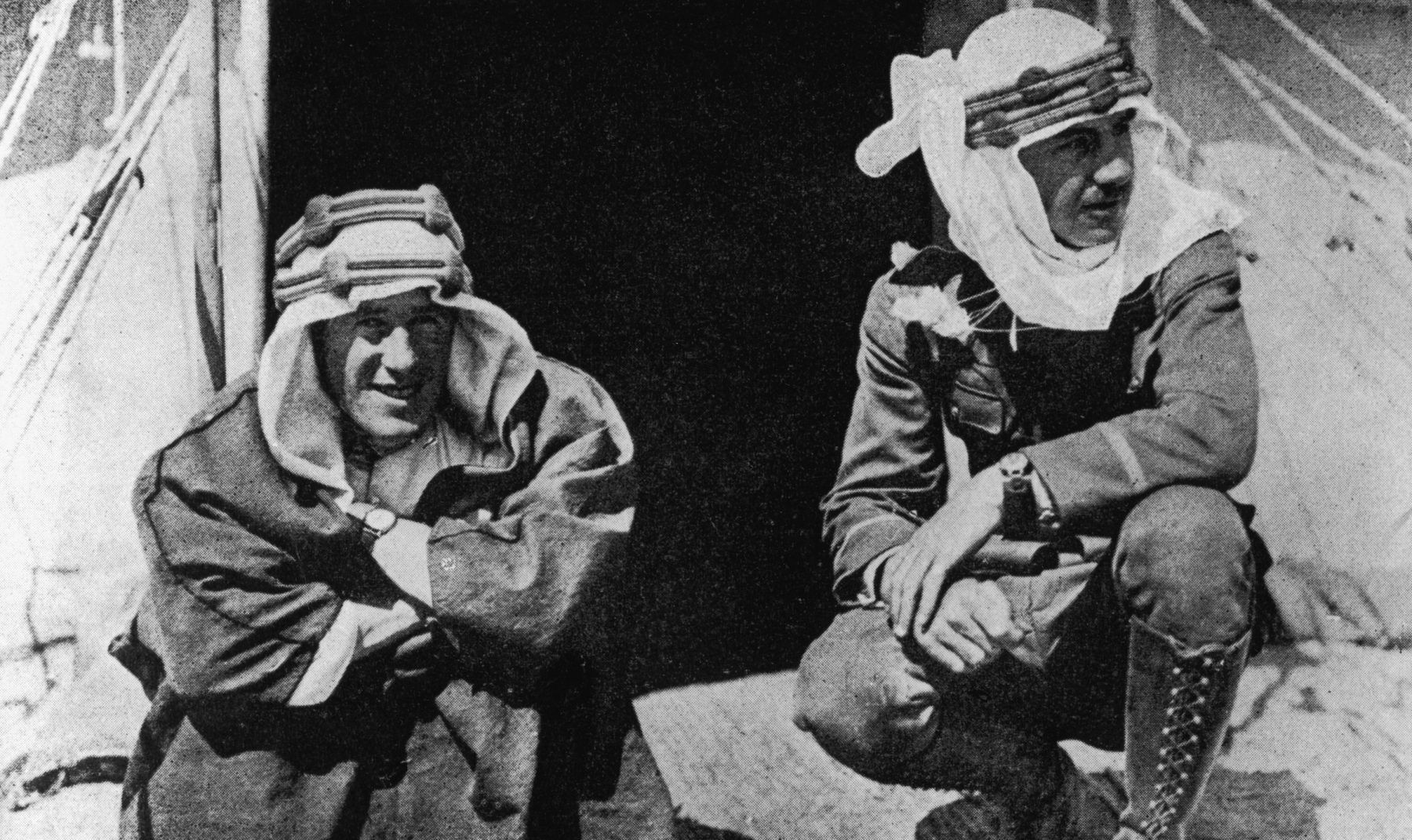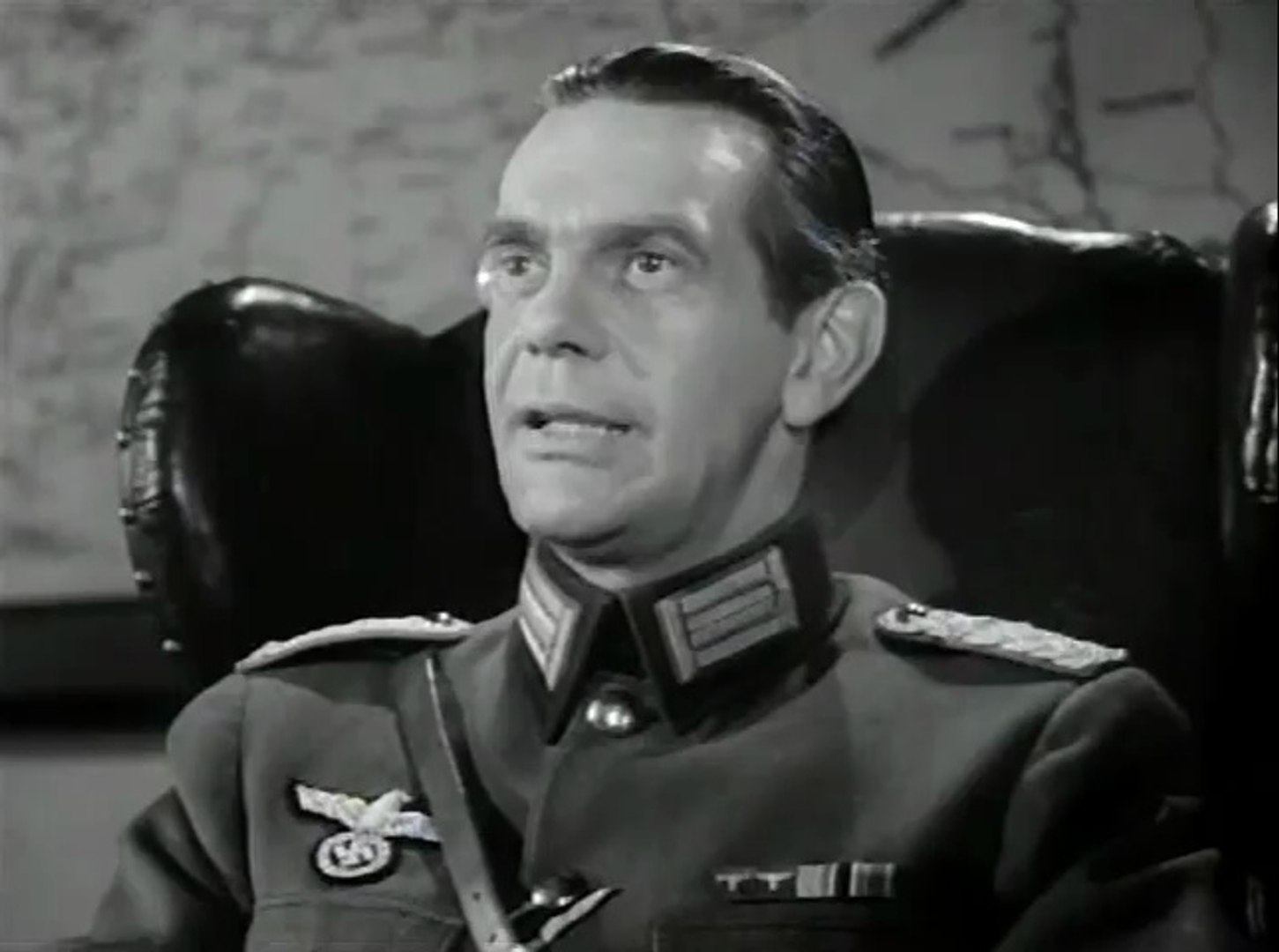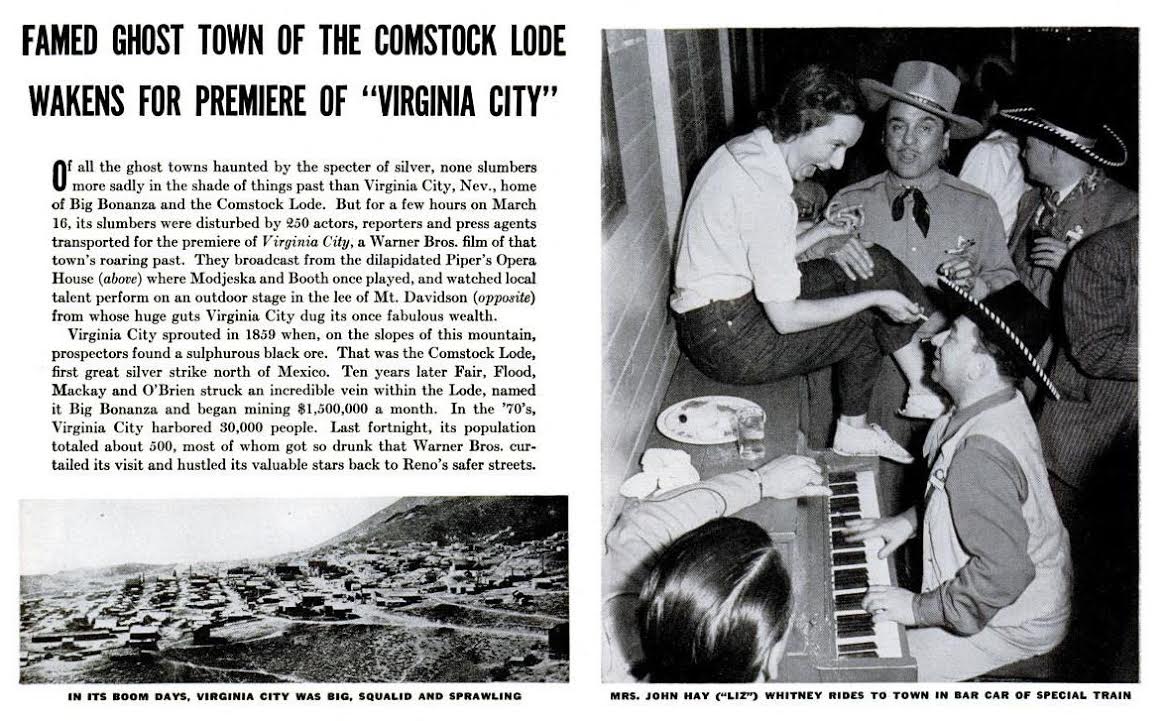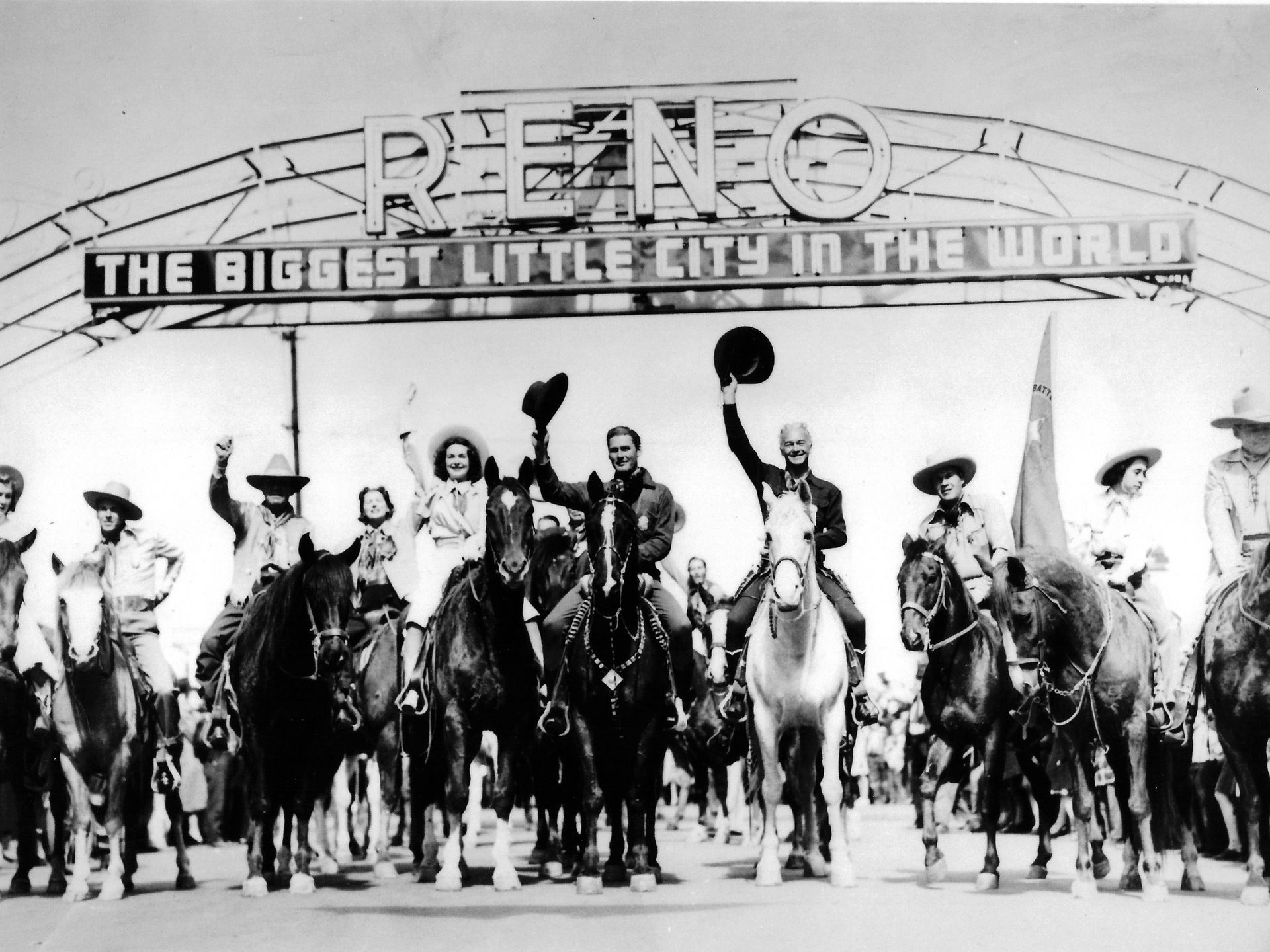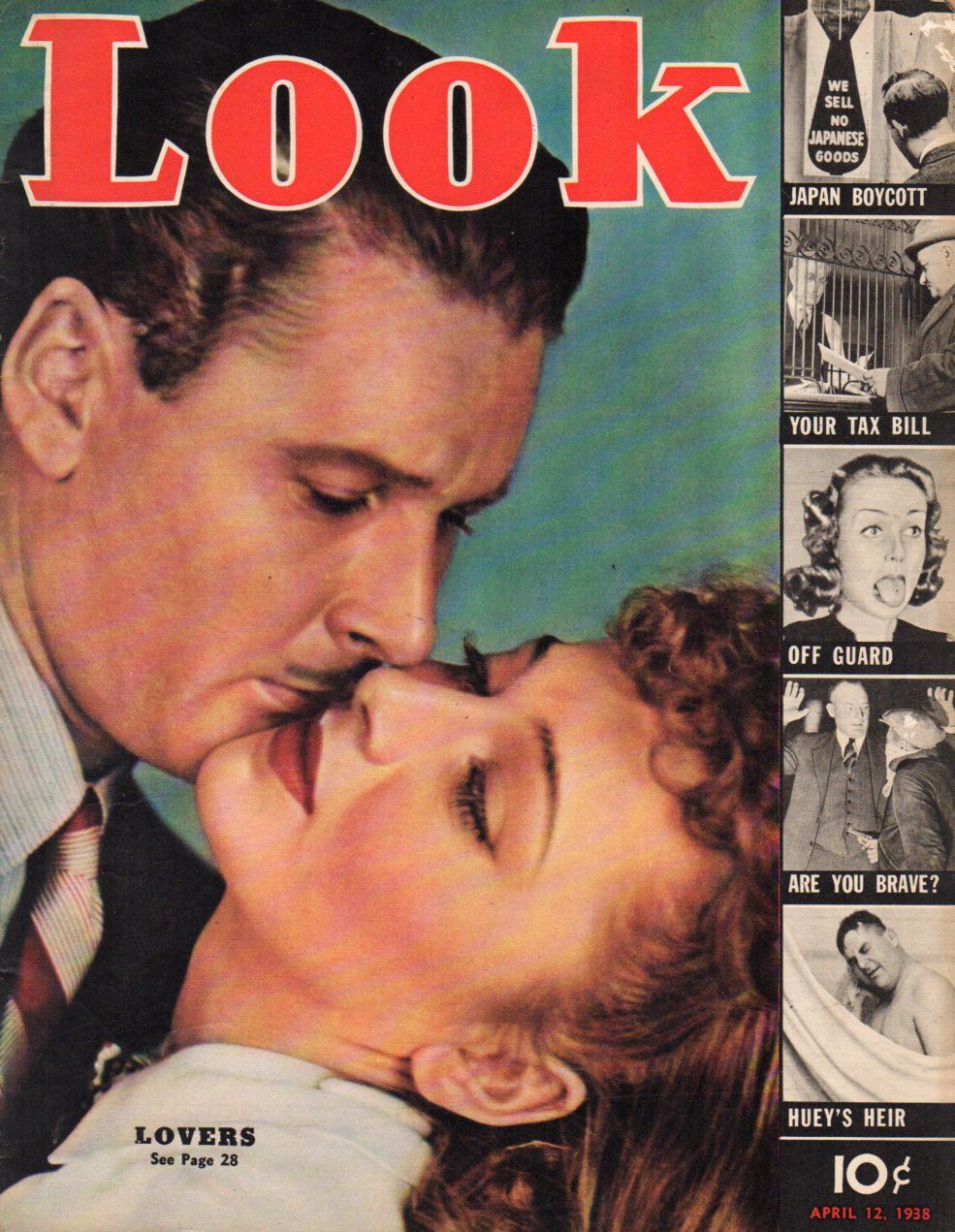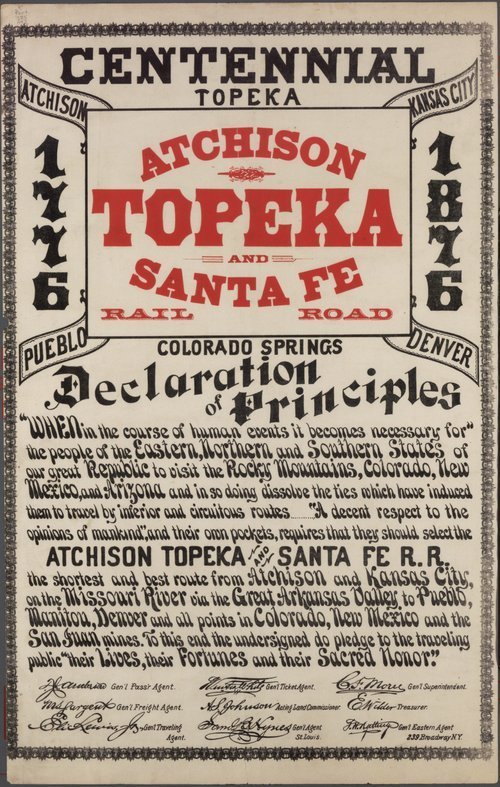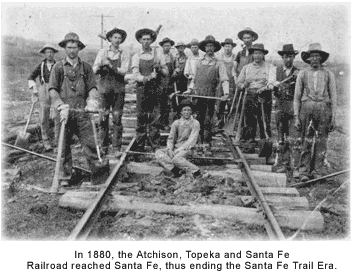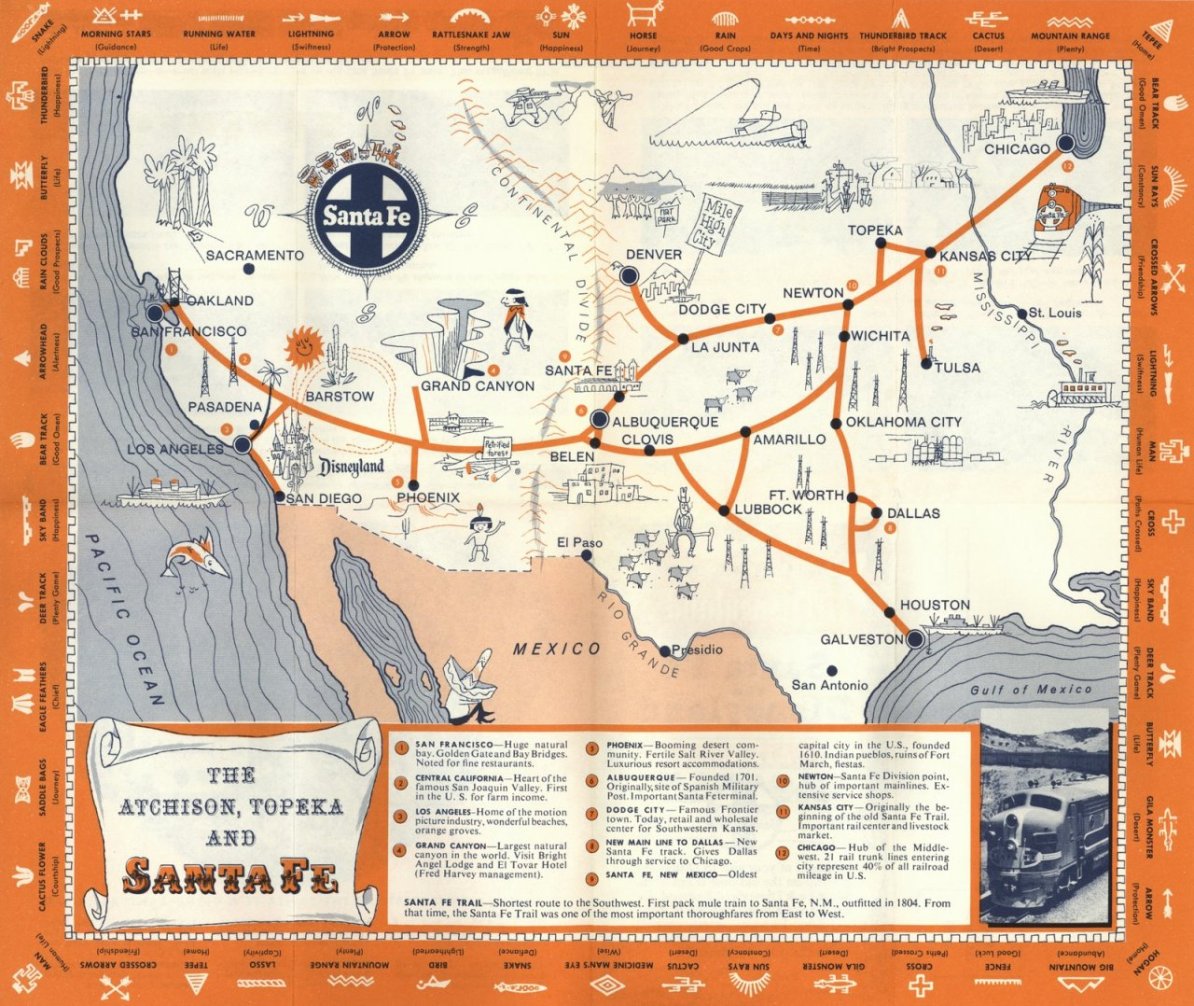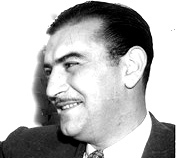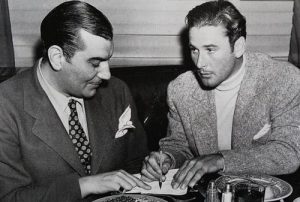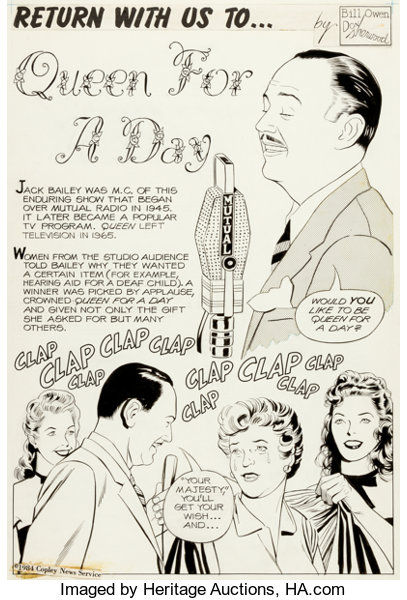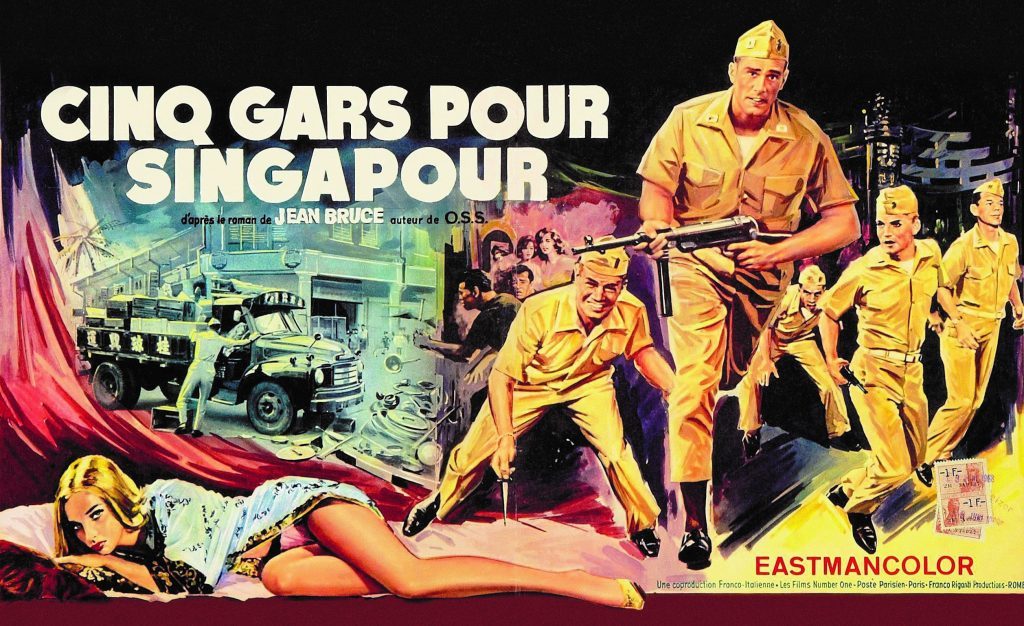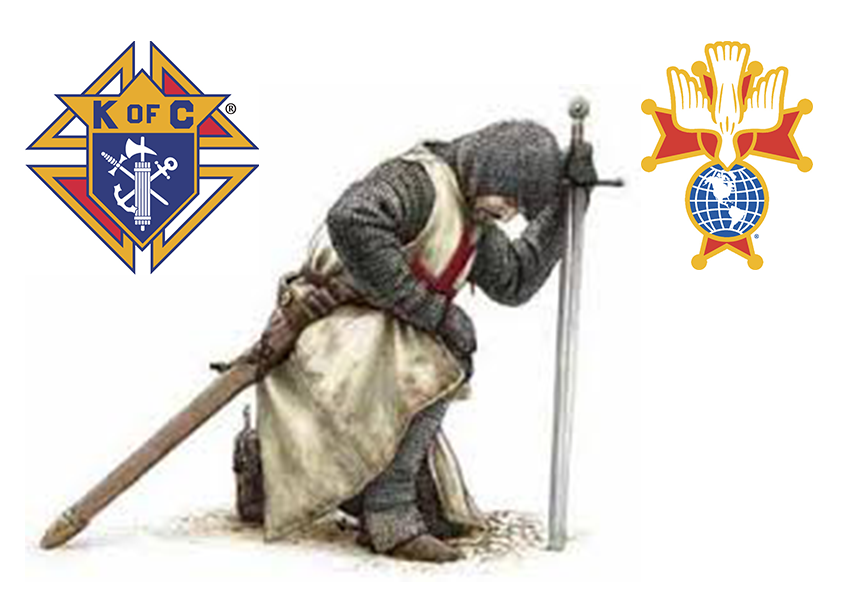
DENIES ACCUSATIONS
NEW YORK, April 21, 1937
Errol Flynn, film player, denied today in a telegram to the Knights of Columbus that he had engaged In activities in behalf of loyalist Spain. The telegram, addressed to John L. Rossborough, state deputy in Oakland, California, and Thomas B. Flanagan, secretary of the Los Angeles council, was made public here by Warner Brothers.
…
Catholic Opposition to Communism in Spain
“Catholics believed that communism was the antithesis to Christianity and thus the only way to save the soul of the country was to side with those opposing it. The archbishop of Toledo wrote to the American bishops in 1937 asking for support, stating that “the National army is defending the essential foundation of society.” The final straw that pushed Catholics to side with the Nationalists was the persecution of the Church religious. In total 12 bishops, 4184 priests, 2365 male religious, and 283 female religious were killed by the Republicans during the war.”
…
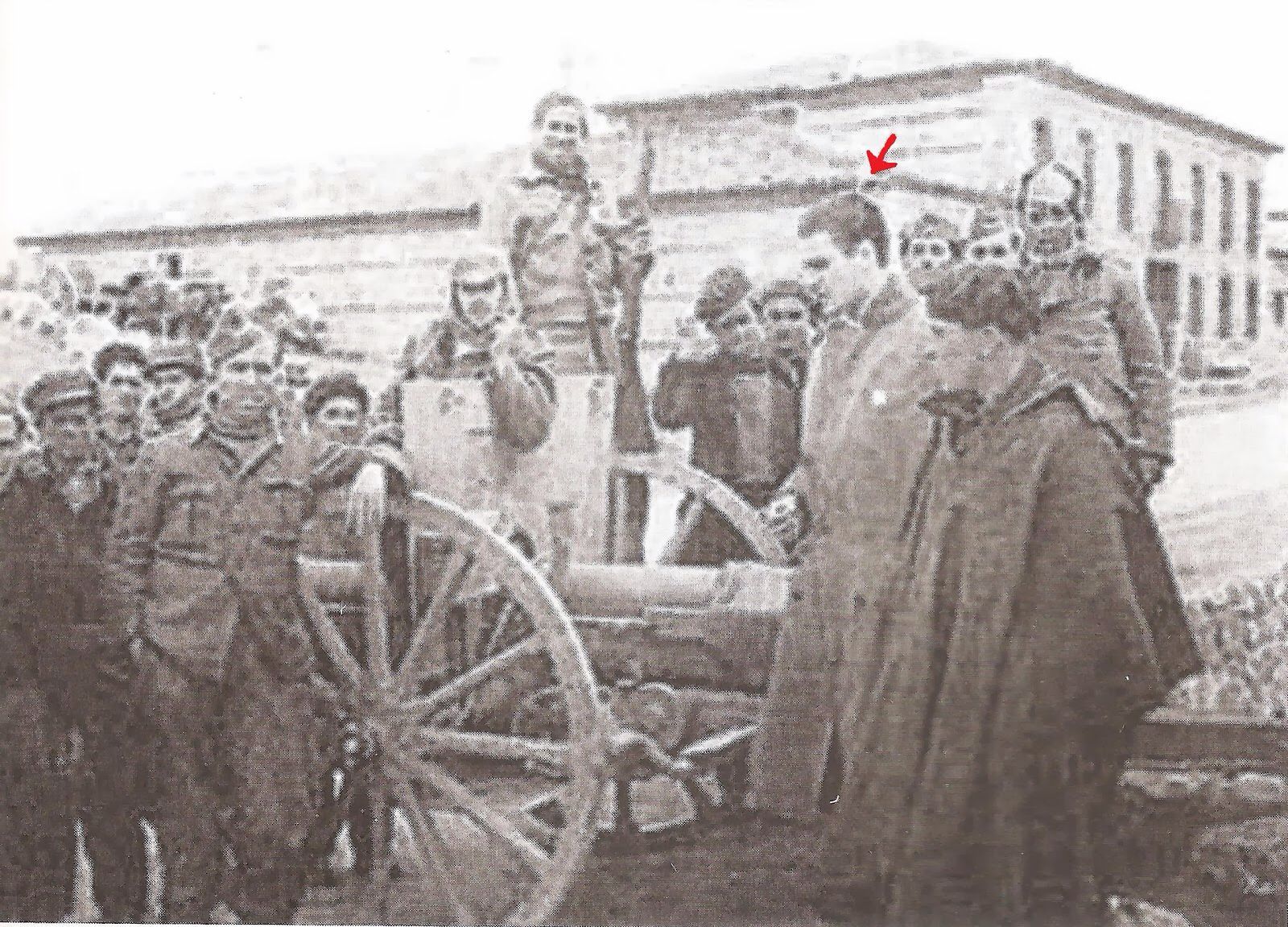
…
ACTOR DENIES SAYING STARS RAISED FUNDS
Report That $1,500,000 Given By Certain Film Players to Loyalists Claimed False
By United Press
HOLLYWOOD, April 21, 1937
An Interview with Errol Flynn In Barcelona Spain, in which the film actor and soldier of fortune purportedly told of helping raise a $1,500,000 fund in the Hollywood film colony to aid the loyalist forces, came under the scrutiny of the Knight of Columbus today. Thomas B. Flanagan, secretary of the Los Angeles council of the Knights of Columbus, said he was sending a report on Flynn to John J. Rossborough, state deputy of the order at Oakland, California, and to the national headquarters of the organization’s newly launched “antiradical” campaign at New Haven, Conn.
The purported interview was published in the Hollywood Reporter, a film trade paper. The Reporter stated the interview was filed to them by “our regular Barcelona correspondent.” The part to which the Knights of Columbus reportedly found most objection to follows:
SAYS FUND RAISED
“Is it true that money has been collected in Hollywood to help the Spanish government?’ asked the Reporter. “‘Yes,’ said the actor, ‘Fredrick March, James Cagney and I were the initiators and $1,500,000 has been raised so far”.” Flynn, husky film leading man and husband of Lili Damita, French actress, has been in Spain as a roving correspondent He was reported wounded by a machine gun bullet in dispatches from Madrid which later developed to be erroneous.
The Hollywood Reporter’s dispatch upon his arrival at Barcelona, strong loyalist headquarters, further stated: “When Errol Flynn arrived in Barcelona he was greeted by the “commissioner of public spectacles, J. Carner Rlbalta, who introduced him to the “commissioner of propaganda” of the Catalonian government, Jaime Miravitles, and the heart of the cinema section the same department, Juan Castanyer.
While in Barcelona, Flynn was considered a guest of honor of the Catalonian government and all facilities were accorded him. “In an interview with the press, Flynn said his visit to Spain was prompted by a desire to ascertain the truth regarding conditions here. “Asked by the press boys what was the general impression in the United States about the war, he replied: “That’s it, the confusing news and the fact that all the American press is in the hands of powerful trusts made me decide to take this trip to see with my own eves what is really happening and write a series of articles for publication.”
The dispatch ended:
“Flynn was accompanied by his old friend, Dr. Hermann F. Erben, a well known member of the American Communist party.”
Per the San Bernadino Daily Sun, April 22, 1937
— Tim
